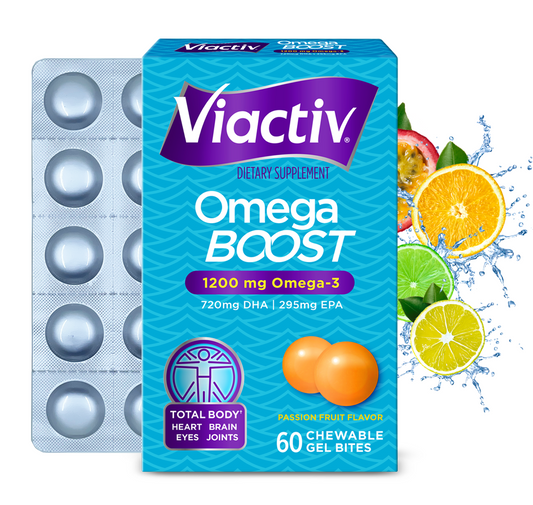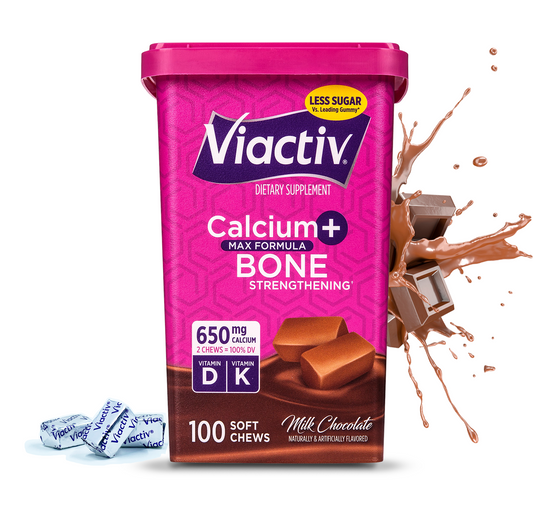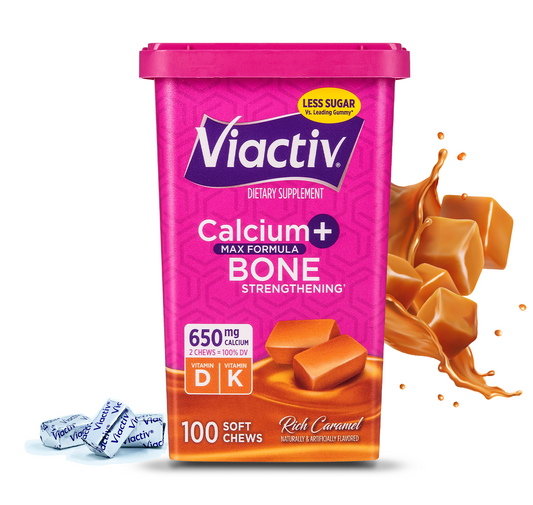Key Takeaways:
- Maintaining healthy joints that move easily, without stiffness, is crucial to maintain an active quality of life as we age.
- All five complex joint parts work together to keep our body moving smoothly, effectively, and efficiently.
- EPA and DHA are the omega-3s found in synovial fluid inside of the joint, helping to minimize stiffness and reduce the amount that joints rub together.
- Research shows that 1,000 mg of EPA and DHA is a good starting point to assist keeping your joints healthy, but higher daily amounts are also safe and effective.
Staying active is an important component of healthy aging. “It works like a well-oiled machine” is a common phrase that means all parts of the body are working easily and effectively. Joints, specifically, are the parts of our bodies that keep us “well-oiled machines,” allowing our bodies to move in many ways – forwards, backwards, sideways, and rotating. It’s important for all humans, athletes or not, to keep their joints active and healthy for everyday life.
The knee, for example, is one of our bodies most complex joints and is involved in most of our daily activities: sitting, walking, running, and simply standing. Maintaining healthy joints that move easily, without stiffness, is crucial to maintain an active quality of life as we age.
Fish Oil, Joint Health, and How Joints Work

Joints are the area of the body where two bones meet. The job of a joint is to allow smooth and efficient repeated motion between two bones; they allow bones to move in harmony with one another. Joints are quite complex and are made up of the following:
- Cartilage: Cartilage is made up of cells that receive their nourishment from a solution called synovial fluid that fills the inside of the joint space. Cartilage serves both as a shock absorber and as a tough outer coat to prevent damage to the underlying bone.
- Muscles: Muscles are what link bones together.
- Ligaments: Ligaments are strong tissues that form the outer covering, or capsule, of the joint.
- Joint Fluid: Joints have fluid in them to keep them mobile. Joint fluid is made of specialized cells that line the inner surface of the joint capsule which absorbs, shocks, and prevents bones from hitting one another.
- Bursae: The joint is surrounded by bursae, fluid-filled pockets that provide buffering where there might otherwise be friction.
All five of these parts work together to keep our body moving smoothly, effectively, and efficiently. So, is omega 3 fish oil good for your joints? Yes, among numerous other benefits, fish oil is good for joints and we’ll tell you why in the next paragraph.
Is Fish Oil Good for Joints?

Why is omega 3 good for joints? To understand this question, first we must understand what omega-3s are and how they work. There are three common forms of omega-3s. One is from plants, like flaxseed oil or chia seed oil. These will be listed on a supplement label as Alpha-Linolenic Acid (ALA). ALA is the most abundant omega-3 in nature and while plants are a valuable part of a healthy diet, ALA must be biochemically converted in the body for the omega-3 nutrients to be useful and beneficial.
The other two forms of omega-3s, Eicosapentaenoic Acid (EPA) and Docosahexaenoic Acid (DHA), are marine sources and WILL have an impact on the Omega-3 Index. EPA and DHA can be easily absorbed and bioavailable, which means they can be immediately beneficial when consumed. EPA and DHA are the omega-3 forms found in fish and provide the most benefit.
As mentioned above, synovial fluid fills up the inside of joint space, helping to minimize stiffness and reduce the amount that joints rub together. EPA and DHA are necessary to maintain and improve synovial fluid by providing optimal joint lubrication. EPA and DHA help to reduce the rubbing together within a joint and helps to minimize stiffness. They also limit the production of any negative proteins in our joints that may lead to joint decline.
How Much Omega-3s for Joints?

Remember, EPA and DHA are essential nutrients that cannot be made or stored in the body. They must be eaten or supplemented on a consistent basis. Research shows that 1,000mg of EPA and DHA is a good starting point to assist keeping your joints healthy, but higher daily amounts are also safe and effective.
Viactiv’s Bone and Joint Health Supplements

Viactiv is most well-known for its delicious calcium soft chews for bone health. And now, Viactiv offers both bone and joint health supplements with our new Omega Boost gel bite gummies. We understand that it’s a challenge to maintain a healthy and varied diet that includes sufficient omega-3s to keep your joints working as a “well-oiled machine.” So, choosing a quality fish oil supplement can make hitting your daily omega-3 needs even easier.
Viactiv Omega Boost gel bite gummies provide 1,015mg of EPA and DHA omega-3 fatty acids per day in just two delicious gel bite gummies, with zero sugar. Viactiv, along with a healthy diet, can help keep your joints moving well so you can enjoy the movement of healthy aging!
Sources
4 Fish Oil Facts to Help Ease Joint Pain | UPMC
Fish Oil: What the Prescriber Needs to Know | BMC Part of Springer Nature
Last Updated On: March 31, 2023
First Published On: January 3, 2023





